
McKinney Farmers Market at Chestnut Square is my favorite North Texas farmers market. The vintage buildings of Chestnut Square serve as the perfect backdrop for local producers and artists. Shaded courtyards offer a pleasant respite from scorching Texas heat for both shopper and seller. It’s a little like stepping back in time to what shopping might have been like at the turn of the century — not this one, but the previous century.
Expanded Market
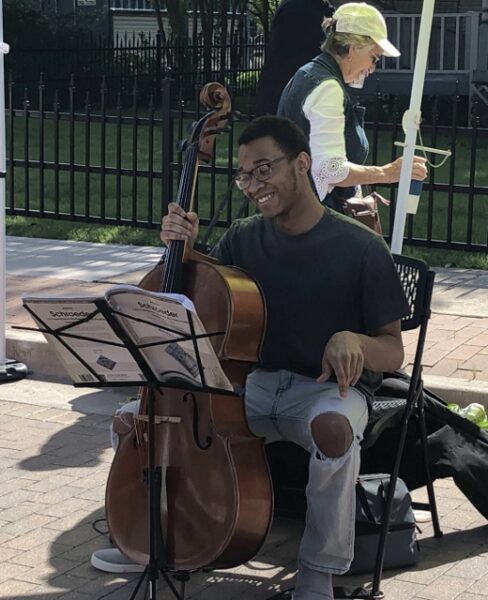
As McKinney grows, so does its farmers market. In addition to sellers nestled among the old buildings, you’ll find tent stalls lining Chestnut Street. The once small market has grown from thirty vendors to almost a hundred. And no more fighting for parking as there’s now a free parking garage kitty-corner to the market on Howell Street. Despite its growth, it still exudes character with friendly vendors, artists, and street musicians. There is even something for youngsters. The kids will love a chance to ride a pony at T Bar Pony Rides located on the south edge of the market. McKinney Farmers Market vendors map can help newcomers navigate the larger market.
Sustainable Shopping
McKinney Farmers Market is an organic shopper’s nirvana. Buy grass-fed beef from Keeton Beef, fresh mushrooms from Farmboys Fungi, and local honey from numerous sellers. Claiming center stage are multiple fruit and vegetable vendors many of who are Collin County farmers. The produce varies based on the time of year. Expect fresh beets in spring and melon in summer. Some items are sourced from within Texas, like fresh peaches from Pittsburg, Texas.
Yes, it’s a great shopping experience, but markets like McKinney Farmers Market are important to communities and the environment. These markets support local producers and small businesses. Buying local also reduces the carbon footprint (energy cost) associated with transporting and storing goods as they make their way to grocery stores. Finally, the budget conscious shopper will often find high quality, seasonal fruits and vegetables at bargain prices.

To help guide the sustainable shopper, the market cues customers with how much of the product sold … be it food or crafted work … is actually produced by the vendor.
My Market Favorites
Stonebranch MicroFarms. Micro farms are small scale operations, normally on five-acres or less. Stonebranch is a family farm that brings to market what’s ripe in their farm plot. During my visit this week, produce included bok choy and walking onions. I love that every week, they offer flower arrangements in mason jars for $6. And this year, I see they’ve add some beautifully crafted cards to their wares. Visit early as they often sell out.
Yatab Mandazi. A newcomer to the market, Yatab Mandazi sells what is dubbed as African beignets from a tradition passed down from the baker’s grandma. I reheated mine at home and sprinkled them with powdered sugar. The beignet nuggets are a little denser than New Orleans-styled beignets, but truly yummy.
The Tamale Company. If you want to eat at the market, The Tamale Company sells hot, individual tamales. Or buy frozen packages to take home. Varieties include two vegetarian options.
When You Go The McKinney Farmers Market (315 S Chestnut Street, McKinney) runs every Saturday morning, 8 to noon from April through November; and the first and third Saturday December through March. Arrive early for the best selection of farm fresh produce and baked goods.

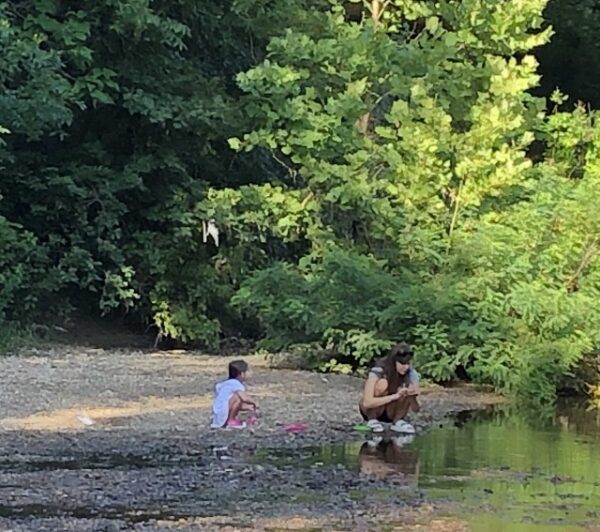
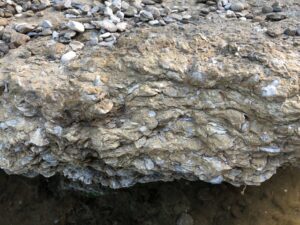
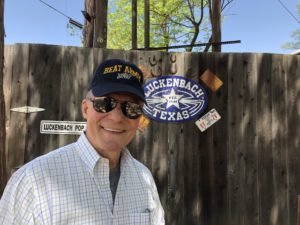 The population sign, Population 3, often goes missing, stolen by tourists wanting more than a picture to remind them of their visit. Leave the sign in place and buy your souvenirs from the general store, please.
The population sign, Population 3, often goes missing, stolen by tourists wanting more than a picture to remind them of their visit. Leave the sign in place and buy your souvenirs from the general store, please.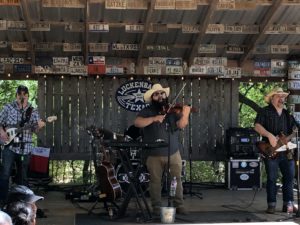 I’m not sure what I enjoyed more – the music from the fiddler onstage or the diversity of people. Remember, Everybody is somebody in Luckenbach. Our fellow visitors included a septuagenarian couple swing dancing in newly purchased cowboy hats; weekend bikers in leathers and bandana doo-rags, and twenty-something women in Daisy Duke shorts and boots. It’s a relaxed, unpretentious vibe.
I’m not sure what I enjoyed more – the music from the fiddler onstage or the diversity of people. Remember, Everybody is somebody in Luckenbach. Our fellow visitors included a septuagenarian couple swing dancing in newly purchased cowboy hats; weekend bikers in leathers and bandana doo-rags, and twenty-something women in Daisy Duke shorts and boots. It’s a relaxed, unpretentious vibe.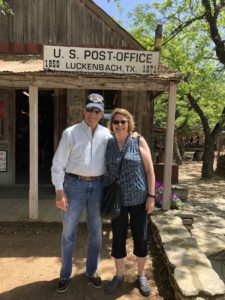 The
The 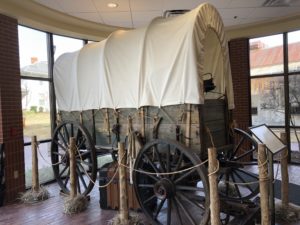 Are you looking for a Sunday family outing? Start with a Texas history appetizer at Frisco Heritage Museum and finish with family dining at Babes Chicken Dinner House.
Are you looking for a Sunday family outing? Start with a Texas history appetizer at Frisco Heritage Museum and finish with family dining at Babes Chicken Dinner House.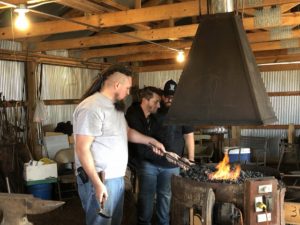 See smiths use forge and anvil to create nails and other objects, a crowd favorite with young scouts visiting the day of my visit. The Crozier-Sickles house, built in 1895, retains fixtures and furniture from the Crozier family. The old icebox in the kitchen and the hand-crank telephone contrast starkly to today’s refrigerators and smart phones. Other buildings include Lebanon Baptist Church (first built in 1883), a train depot, and a one-room schoolhouse replica.
See smiths use forge and anvil to create nails and other objects, a crowd favorite with young scouts visiting the day of my visit. The Crozier-Sickles house, built in 1895, retains fixtures and furniture from the Crozier family. The old icebox in the kitchen and the hand-crank telephone contrast starkly to today’s refrigerators and smart phones. Other buildings include Lebanon Baptist Church (first built in 1883), a train depot, and a one-room schoolhouse replica.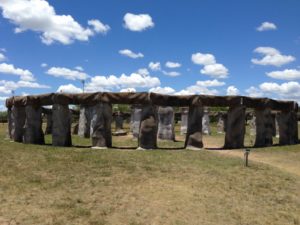 There you’ll find a Stonehenge and two Easter Island Moai head replicas. The structures are the work of two Hill Country residents, Al Shepperd and Doug Hill.
There you’ll find a Stonehenge and two Easter Island Moai head replicas. The structures are the work of two Hill Country residents, Al Shepperd and Doug Hill.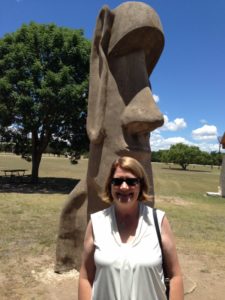 It’s a bucolic spot, with the Guadalupe River just off to the left.
It’s a bucolic spot, with the Guadalupe River just off to the left.